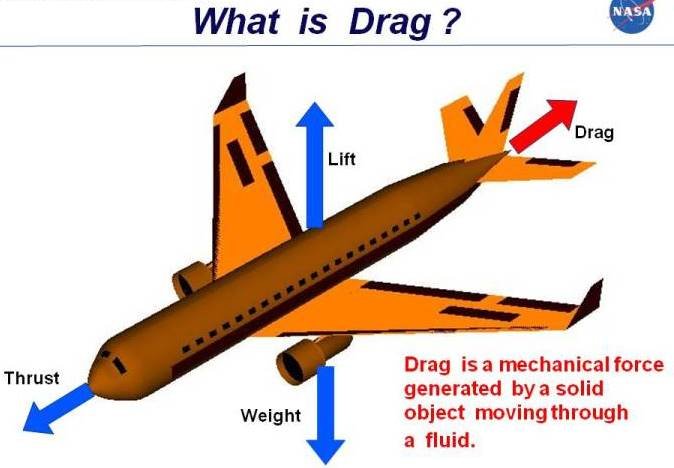A very excellent food source we have around us today is the “Dandelion” fruit. Dandelions can be found around most of North America, Europe, Asia, and Africa. Dandelions are tasty and nutritious. Their green leaves are rich in high-protein. Their flowers are also edible and can be used for making wine. Their roots also serve as an effective stimulant.
However, our focus in this post, would be on a recent plant biomechanics research carried out by an applied Mathematician, Cathal Cummins, which is based on the dandelion seed, itself.
The physics of 'dandelion' seed dispersal
Dandelions and their parts can be regarded as seasoned travelers. Sometimes seeds of dandelions can travel as far as 100 miles on the wind. They often travel and drift overseas to repopulate islands that have been decimated by volcanic actions.
An applied mathematician at Scotland’s University of Edinburgh, Cathal Cummins, is investigating how dandelions manage to travel and handle such meandering flights for very far distances.

Cathal Cummins has observed that;
“They can achieve such incredible distances with no energy consumption”
Studying the physics of dandelions flights and the science behind their voyage over great distances would provide insights into technological development of tiny drones that can ride the wind.
A dandelion’s flight process
When a dandelion seed takes off, the downy fluff attached to it serves as a form of parachute which helps to carry it in the wind.
The dandelion parachutes are very different from the conventional types we use today. The dandelion parachutes are actually made up of about 90 percent empty space.
The feature led applied mathematician, Cathal Cummins, to question;
“Why would nature choose such a porous design for a parachute?”
Further studies of the dandelion phenomena led Cummins and his research colleagues to discover that the dandelion’s bristles actually function together in order to create a vortex above the seed which enables it to stay aloft in air.
Also, the ability of dandelions to stay airborne for as long as possible gives them the opportunity to get picked up by a forceful gust of wind which can carry them to new territories.
How does “drag” affect their flight?
When it comes to parachuting, or air movement, “drag” is a very important factor.
- What is drag?
Drag, in fluid dynamics (often referred to as resistance) is the force which tends to slow the movement of an object through air or liquid. As a moving object pushes the liquid or air out of its way, the fluid pushes back on the object.
Drag is also regarded as the force of wind or air resistance pushing in the opposite direction to the motion of an object, in this case, a parachute or dandelion seed.

Just like a human parachute, dandelion seeds also rely on drag force to slow down their flight and aid their descent.
According to Cathal Cummins, “drag” is ordinarily a bad thing for flight. But if you are a parachute jumper, and you jump from an airplane, you would want as much drag as possible because of its importance, to support your weight.
However, the research shows that dandelions must be following a different set of rules, because the seeds of dandelions being talked about are just a fraction of a milligram in weight, hence, the forces and the weights involved are really small.
Tests and observations
For practical observation of the dandelions seeds in action, Cathal Cummins and his team of researchers built a wind tunnel and channeled air through it gently upwards.
The researchers were able to track the movements of the dandelions as they hovered in place. They then noticed that the porous nature of the fluffy dandelion parachute actually helps to keep the seeds steady as it glides in air.
Cummins said that;
“By letting a little bit of air through the parachute, it stabilizes that vortex in its wake.”
The research further revealed that the vortex appears like a little halo which follows the seed. The whirling air mass also helps to increase the drag force of the seed, and is created when adjoining filaments on a seed interact with each other as they float along.
From the scale of experiment and observation, Cummins opined that the dandelion parachute actually worked better than a solid canopy.
“We found that they were much more effective at creating drag than a conventional parachute,” Cummins says.
“The dandelion has managed to create a parachute which is virtually entirely empty space. Our research is suggesting that basically, less is more.”
In Conclusion
Applying the physics of flight, drag and gravity to the feathery shape of the dandelion parachute, could aid the creation of micro air-vehicles such as drones to actually fly, without any power consumption.
The importance of such a technological innovation cannot be over-emphasized; this is because such windborne drones could be the answer to easily track atmospheric weather conditions on neighbouring planets. The technology could also be used in remote or inhospitable environments on the earth’s surface.
On 20th November this year, at the American Physical Society Division of Fluid Dynamics in Denver, Cathal Cummins and his research team reported their findings on bordered on the physics of dandelion’s flight, which can aid the creation of efficient micro-drones.
Source/Reference: 1, 2, 3, 4, 5
Thank you for your time and for reading my post.
If you found this post interesting, then kindly UPVOTE, RESTEEM and FOLLOW @rickie, for more quality posts.

